In today’s rapidly evolving workplace environment, safety and security are paramount. Workplace violence readiness programs are essential investments for any company aiming to safeguard its employees and operations. But how can decision-makers ensure that they are making a smart investment? By understanding and calculating the Return on Investment (ROI) for these programs, companies can make informed decisions that balance cost and benefit effectively.
What is ROI?
Return on Investment (ROI) is a key performance indicator used to evaluate the efficiency of an investment. For workplace violence readiness programs, ROI measures the financial return on the costs of implementing preventive measures compared to the savings from avoided incidents.
ROI =Net Savings Total Annual Preventive Costs × 100 ROI = Total Annual Preventive Costs Net Savings × 100
Calculating ROI for Workplace Violence Readiness Programs
To illustrate, let’s consider a logistics company, ABC Logistics, with the following characteristics:
- Number of Employees: 300
- Average Annual Salary per Employee: $50,000
- Industry Average Revenue per Employee: $150,000
- Profit Margin: 5%
Using these parameters, we can determine the company’s annual revenue and net profit:
- Total Revenue: 300 employees × $150,000 = $45,000,000
- Net Profit: 5% of $45,000,000 = $2,250,000
The direct and indirect costs associated with workplace violence incidents for ABC Logistics amount to $1,415,500. By investing in preventive measures such as training programs, security enhancements, Employee Assistance Programs (EAPs), and safety audits, the company can significantly mitigate these costs.
Investment in Prevention
Here’s a breakdown of the preventive measures and their associated costs:
- Training Programs: $15,000 (300 employees × $50)
- Security Measures: $20,000 (Initial Investment of $50,000 spread over 5 years + $10,000 annual maintenance)
- Employee Assistance Programs (EAPs): $30,000 (300 employees × $100)
- Safety Audits: $15,000
Total Annual Preventive Costs: $80,000
Calculating the ROI
To find the ROI, we use the formula:
ROI=(Grand Total Costs of Incident – Annual Preventive Costs)Annual Preventive Costs×100ROI=Annual Preventive Costs(Grand Total Costs of Incident – Annual Preventive Costs)×100
For ABC Logistics:
ROI=1,415,500−80,00080,000×100≈1669.38%ROI=80,0001,415,500−80,000×100≈1669.38%
Understanding ROI Tiers
To help decision-makers assess the value of their investment, we categorize ROI into three tiers:
- Low ROI (0% – 200%): Indicates that preventive measures are minimally cost-effective or just cover the costs. Companies in this range should reassess their strategies to ensure optimal impact.
- Medium ROI (201% – 1000%): Demonstrates a good balance between investment and savings, indicating significant cost savings from preventive measures.
- High ROI (1001% and above): Reflects a highly effective program where savings from prevented incidents far outweigh the costs, showcasing exceptional investment benefits.
Making a Smart Investment Decision
By evaluating the ROI of workplace violence readiness programs, decision-makers can make informed choices that enhance workplace safety while ensuring cost-effectiveness. A high ROI signifies substantial savings and underscores the value of investing in comprehensive preventive measures.
If you’re looking to implement a workplace violence readiness program and want to maximize your investment, contact Southern Cross Safety Academy. Our expert team can help you tailor a program that meets your specific needs and budget.
Contact today:
- Email: training@southerncross.company
- Phone: 708-990-4443
Invest in safety, invest in your future. Let Southern Cross Safety Academy guide you towards a safer, more secure workplace.
Stay Lethal My Friends,
Joe Malone

